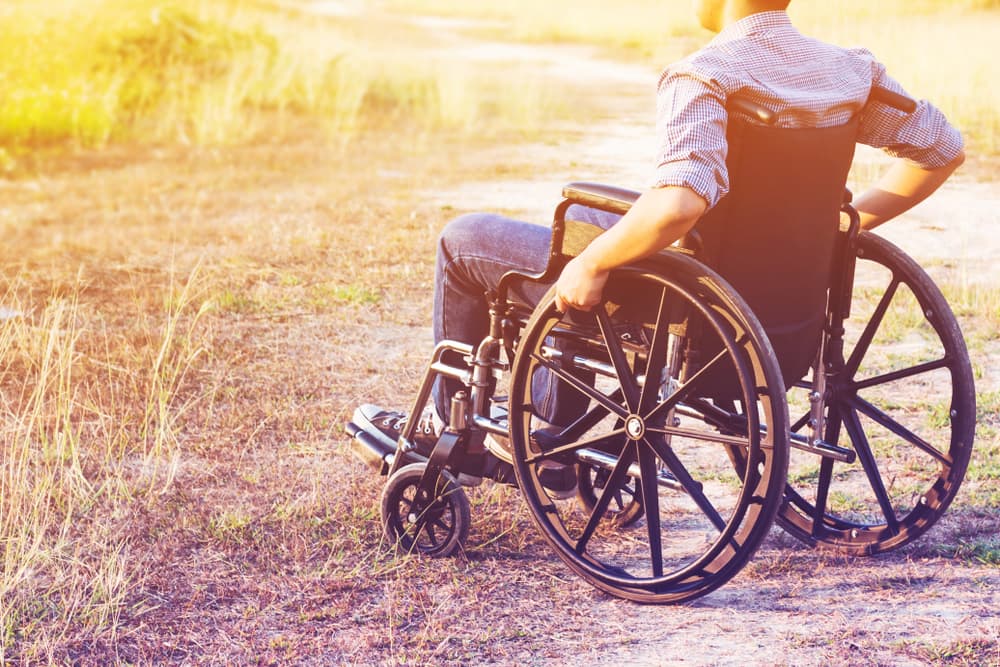
Living with muscular dystrophy, in addition to mobility impairment, affects the individuals’ everyday way of life. They typically require assistance with moving and exercises to help maintain mobility, all while accommodating to their specific needs.
Muscular dystrophy and mobility impairment essentially go hand in hand. Generally speaking, the patient can experience weakness in areas such as their muscles, heart and lungs, which contribute to the inability to move around in a conventional manner. The use of equipment including wheelchairs, ventilators, and transportation devices can be extremely helpful in this situation, but this often still requires the assistance of a support worker.
Today, let’s dive into the negative effects muscular dystrophy has on mobility impairment, and how experienced support workers can help.
What is Muscular Dystrophy?
Muscular dystrophy is a genetic disorder where a group of diseases attack the muscles, which leads to them becoming weaker over time. These specific genes interfere with the production of healthy muscles. Due to their becoming more fragile as the condition progresses, performing everyday tasks and activities can become increasingly exhausting for the patient.
Muscular dystrophy is more common in males. However, it can present itself in many different forms throughout life in both sexes. Symptoms typically include delayed or stunted growth, frequent falling, waddling, and learning disabilities. Varieties of muscular dystrophy range from common to rare forms, but all should be diagnosed and addressed by an experienced practitioner as soon as symptoms appear.
How is Mobility Affected?
When diagnosed with muscular dystrophy, the patient experiences a loss of muscle strength, which can cause spasms and cramps. This can also lead to fatigue, especially when walking longer distances. Mobility can also start to diminish when weakness occurs in the torso, effectively causing the spine to curve.
While every form of muscular dystrophy affects a body part in a unique way, the premise is the same. Individuals will gradually begin to feel the affects the disease has on their body, which can become more noticeable over time. They may experience difficulties when jumping, running, or getting up from certain positions. Treatment plans are necessary to keep the patient comfortable and safe, which can include equipment such as wheelchairs and occupational therapy.
How Support Workers Help
Support workers can care for those with muscular dystrophy in many ways, leaning into their expertise. Learning about the disease can be overwhelming for the patient and family members involved, but support workers are there to make the process smooth and comfortable, minimizing stress as best as possible. From general assistance to long-term care, these support workers offer services that they are specifically trained in, possibly including mobility exercises and related treatments.
Due to the many symptoms of muscular dystrophy, a patient may require surgery or frequent physical therapy sessions to cope with their ongoing muscle complications. At C-Care, we care; our support workers are there every step of the way to provide assistance with mobility and post-surgery everyday needs. From specialized physiotherapy to exercises, medication monitoring and more, we are experienced in muscular dystrophy caregiving.
We believe in putting your comfort, safety and peace of mind first with informed and effective caregiving services. If you or a loved one needs assistance with muscular dystrophy and a related mobility impairment, reach out to us today.

